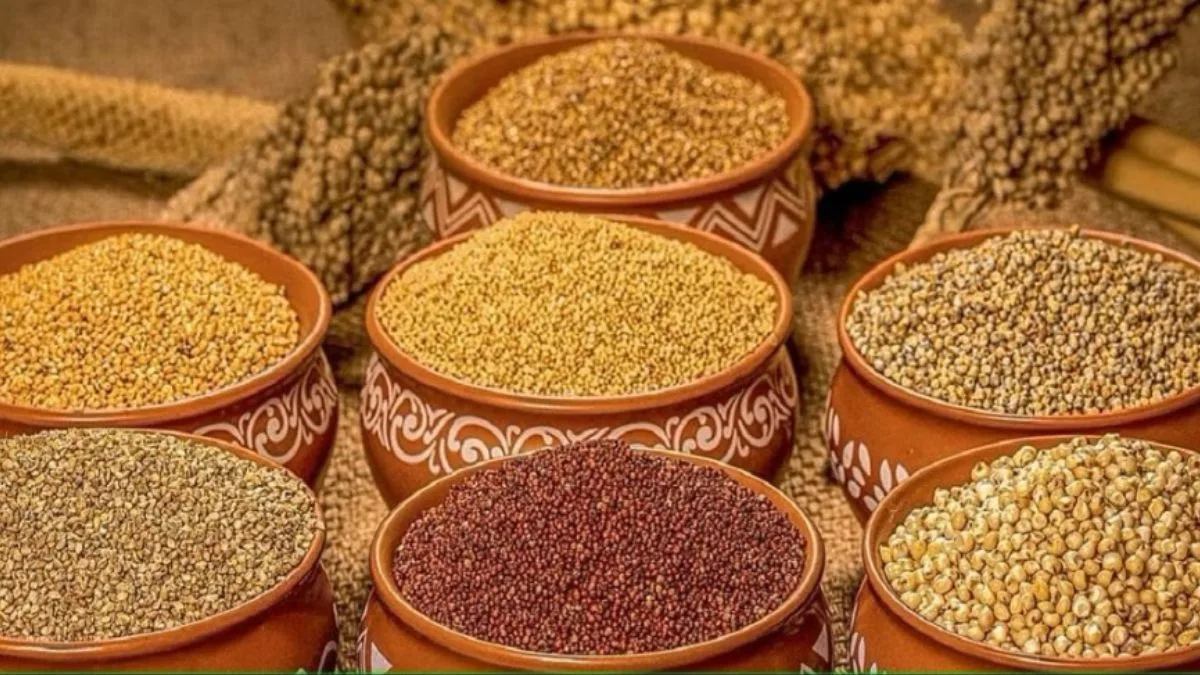Eat millets, stay super healthy

Bhubaneswar: While the central government is focusing on production and consumption of millets rigorously, the Odisha Millets Mission has been actively working to raise awareness of the state’s previously overlooked millet potential, leading to a noticeable improvement in the health index. Local farmers continue to benefit from various schemes, ensuring a better return for their yields.
Belonging to the grass family, millets play a crucial role as the traditional staple in arid regions worldwide, finding widespread consumption in African and South Asian countries. In India, particularly in Odisha, there has been a dedicated initiative to unlock the nutritional potential of millets, advocating for healthier dietary choices. With roots dating back to ancient times, millets consistently prove to be a valuable source of nutrition for both humans and animals.
Despite their varying sizes, millet grains are occasionally mistaken for other staples like wheat and rice, even though they share a similar genetic makeup. While their nutritional value is often underestimated, millets are nutri-cereals renowned for their abundant protein, essential fatty acids, dietary fiber, B-vitamins, and minerals such as calcium, iron, zinc, potassium, and magnesium.
A prominent nutritionist described millets as “superheroes for your body,” emphasizing their content of niacin for healthy skin and organs, particularly in the dark-colored varieties. These grains also contain beta-carotene, contributing to immune system strength. Additionally, millets possess anti-aging properties with tannins, phytates, and phenols acting as protective bodyguards for cells. Millets play a vital role in maintaining digestive health, thanks to their high fiber content, reducing the risk of colon cancer. Furthermore, they contribute to heart health by providing soluble fiber that lowers cholesterol, with magnesium adding an extra boost for a strong heart.











